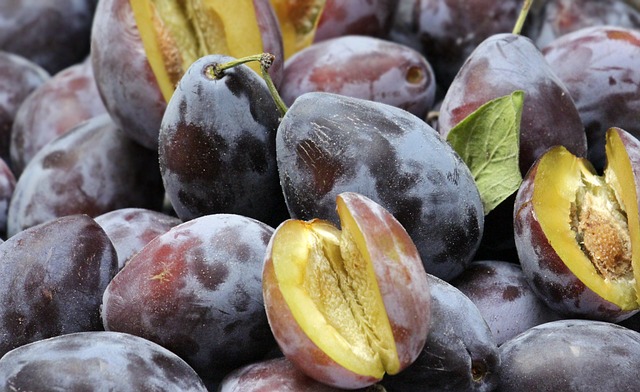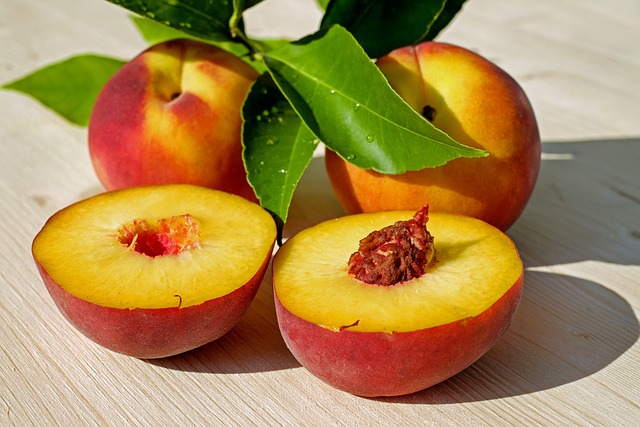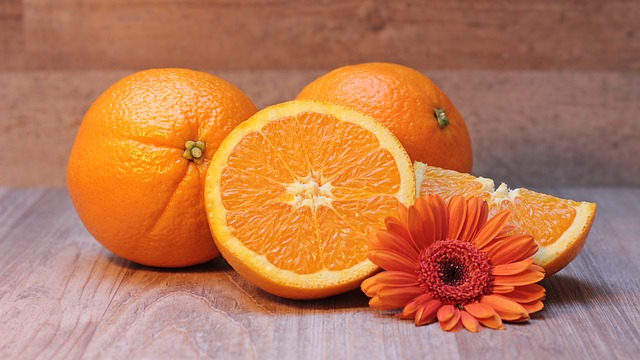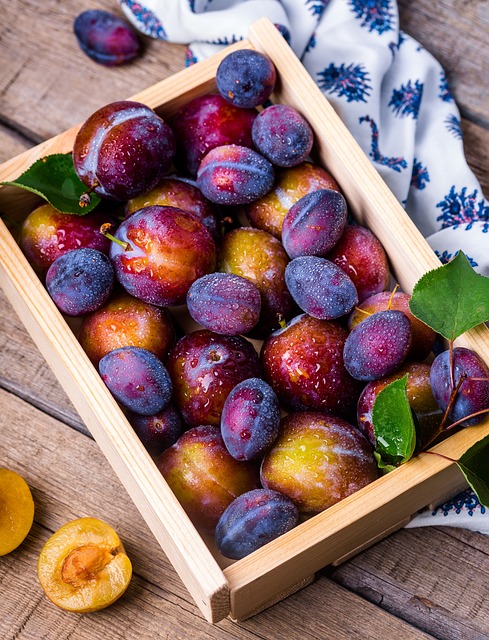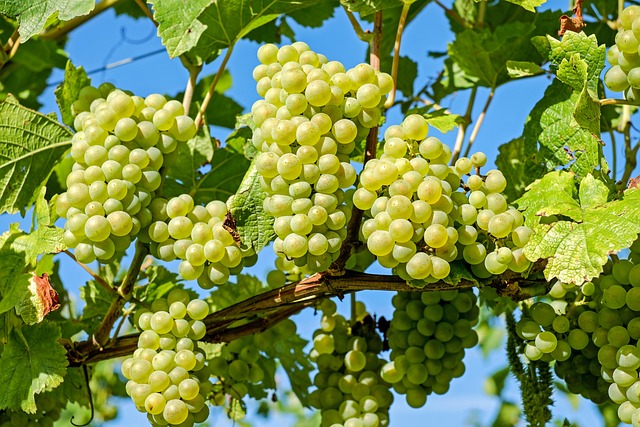Probiotics have gained significant attention in recent years for their potential health benefits. While many people associate probiotics with yogurt, there is a whole world of probiotic-rich foods beyond this popular dairy product. In this blog, we will uncover the wide variety of probiotic-rich foods available and explore their benefits.
Sauerkraut
Sauerkraut is a fermented cabbage dish that has been enjoyed for centuries. It is rich in probiotics, particularly Lactobacillus bacteria, which help promote a healthy gut. The fermentation process involves lactic acid bacteria breaking down the sugars in cabbage, creating a tangy and crunchy probiotic-rich food.
In addition to being a great source of probiotics, sauerkraut also contains fiber, vitamins C and K, and minerals like calcium and iron. It can be enjoyed as a topping for sandwiches or salads or as a side dish.
Kombucha
Kombucha is a trendy fermented tea that contains a variety of probiotic strains. It is made by fermenting sweetened tea with a culture of yeast and bacteria called the SCOBY (symbiotic culture of bacteria and yeast). The result is a fizzy, tangy drink that is packed with probiotics.
Kombucha has been associated with various health benefits, including improved digestion, increased energy levels, and immune system support. It is available in many delicious flavors and can be enjoyed as a refreshing beverage on its own or used as a base for cocktails.
Miso
Miso is a traditional Japanese seasoning made by fermenting soybeans with salt and a specific fungus called koji. It is commonly used to make miso soup, a staple in Japanese cuisine. Miso contains several strains of beneficial bacteria and provides a range of health benefits.
Studies have shown that consuming miso may help improve digestion, boost the immune system, and support cardiovascular health. It is also a good source of protein, fiber, and essential minerals. Miso can be used as a base for soups, marinades, or dressings, adding a savory flavor to dishes.
Kefir
Kefir is a fermented milk drink that is similar to yogurt but has a thinner consistency. It is made by adding kefir grains, which are a combination of bacteria and yeast, to milk. The grains ferment the lactose in the milk, creating a probiotic-rich beverage.
Kefir is an excellent source of probiotics, including various strains of Lactobacillus and Bifidobacterium. It is known for its potential to improve digestion, enhance nutrient absorption, and support gut health. Kefir can be enjoyed on its own, blended into smoothies, or used as a substitute for milk in baking recipes.
Kimchi
Kimchi is a staple in Korean cuisine and is made by fermenting cabbage and other vegetables with a variety of seasonings, including chili peppers, garlic, ginger, and fish sauce. Kimchi is not only a flavorful addition to meals but also a great source of probiotics.
Like sauerkraut, kimchi is rich in Lactobacillus bacteria that support gut health. It is also packed with vitamins, minerals, and antioxidants, making it a nutritious addition to any diet. Kimchi can be enjoyed on its own as a side dish, added to stir-fries, or used in sandwiches and wraps for an extra kick of flavor.
Tempeh
Tempeh is a fermented soybean product that originated in Indonesia. It is made by fermenting soybeans with a specific type of fungus called Rhizopus oligosporus. The fermentation process binds the soybeans into a firm cake-like form.
Not only is tempeh a good source of plant-based protein, but it is also rich in probiotics. The fermentation process enhances the digestibility of soybeans and increases the availability of nutrients. Tempeh has a nutty flavor and can be used as a meat substitute in various dishes, such as stir-fries, burgers, or salads.
Conclusion
While yogurt is a well-known source of probiotics, there are many other delicious options available. Including a variety of probiotic-rich foods in your diet can help support a healthy gut, improve digestion, and boost overall well-being. So, why limit yourself to just yogurt when there’s a wide world of probiotic-rich foods waiting to be explored?
Remember to always choose organic and naturally fermented options when possible, as these are more likely to contain live and active cultures. Experiment with different probiotic-rich foods to find your favorites and enjoy the numerous health benefits they offer.

